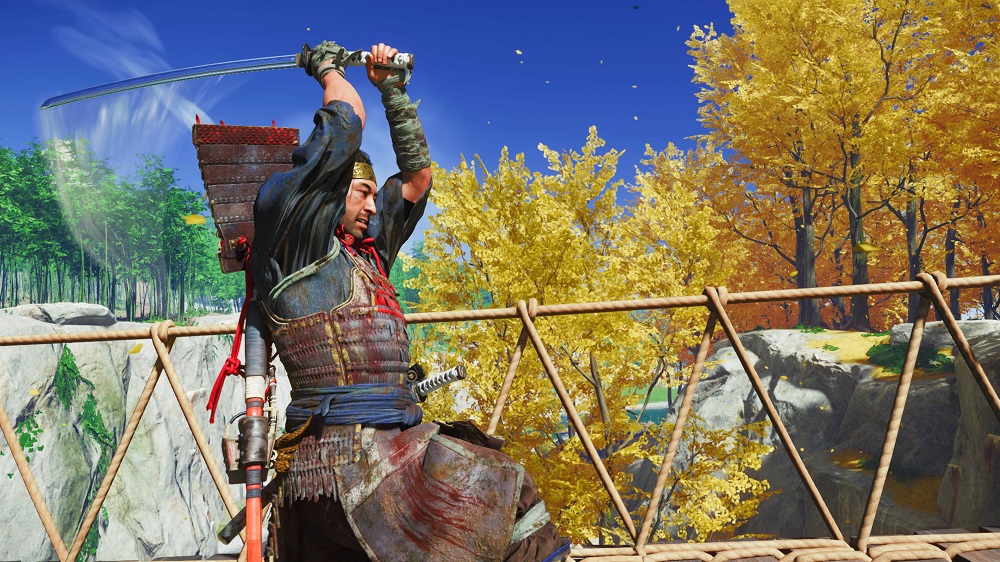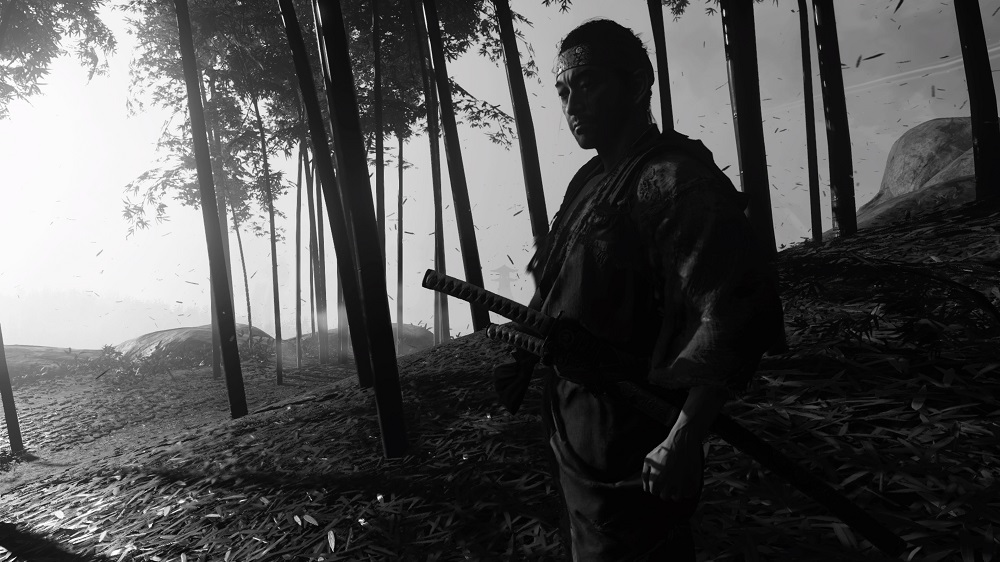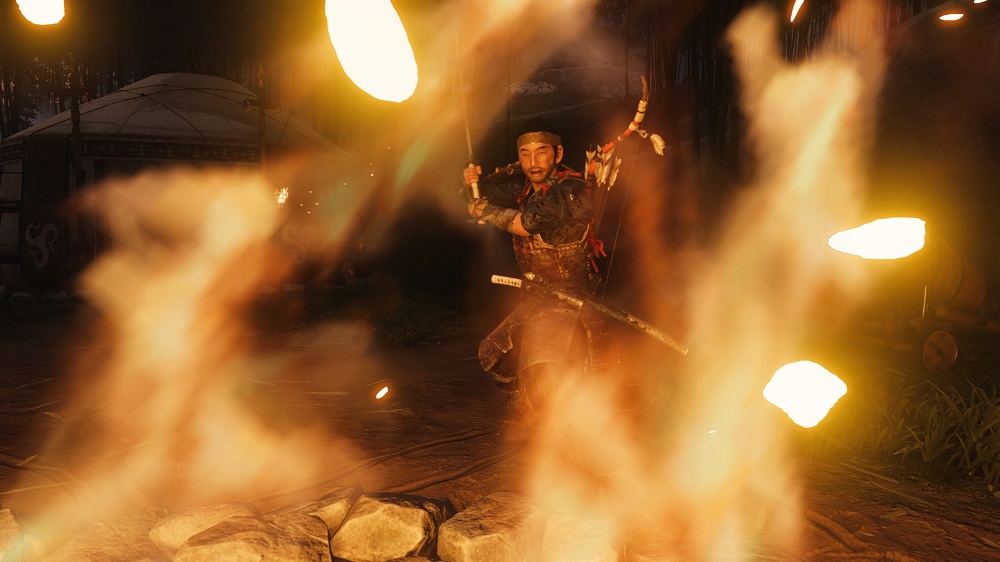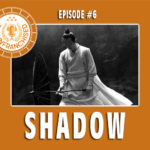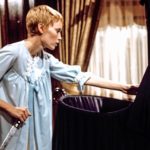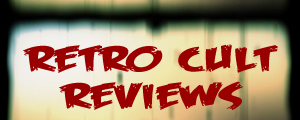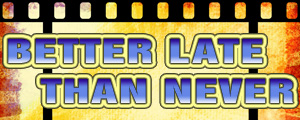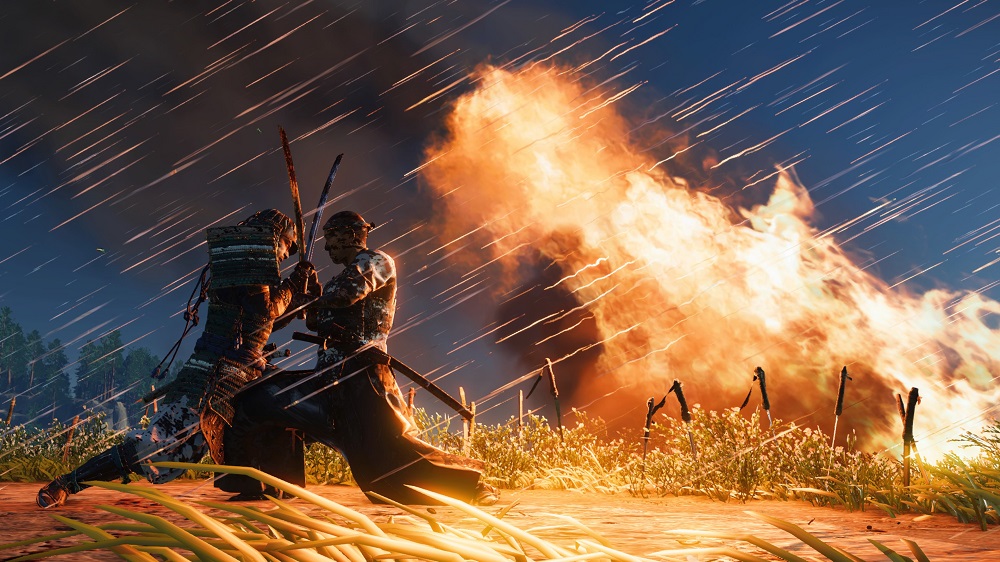
Ghost of Tsushima is a pretty good videogame. I'm still in the early goings, but Sucker Punch's open-world samurai epic offers up a nice combination of white-knuckle action and thoughtful exploration. My only real complaint is an over-reliance on "follow that other character" and "follow those footprints"-type quests, but that's a minor nitpick when so far everything else has made good on the promise of "Red Dead Redemption but with samurai instead of cowboys."
But I'm not here to talk about the videogame. I'm here to talk about its photo mode, which is the best I've ever seen. It's so good, in fact, that it's getting in the way of me … you know … just playing the damn game. It's honestly the real reason why I'm not further along in the story. Killing Mongolian marauders is fun. Taking photos while I kill Mongolian marauders is absolutely sublime. (Every photo included with the post was snapped by yours truly.)
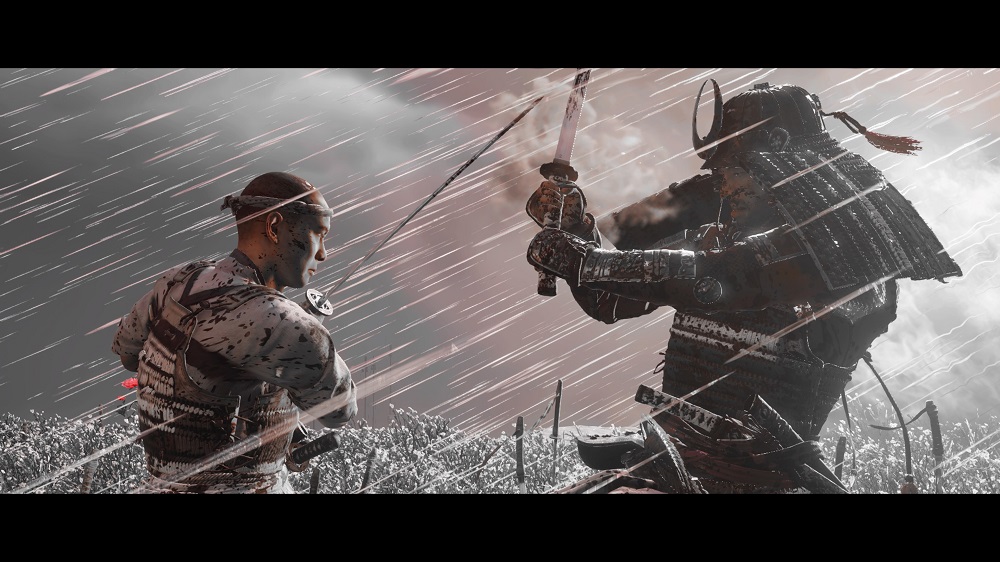 What makes Ghost of Tsushima's photo mode so incredible? There are a couple of things. For starters, it's a gorgeous game graphically in general. It does not offer the hyper photorealism of, say, The Last of Us Part II, and there's no mistaking Ghost of Tsushima for anything other than a videogame. But the designers did make some very smart choices about how the game looks — it's full of vivid colors, stylized weather effects and other tricks that give the game a striking appearance, not unlike what you might see in a beautiful animated film. So the backdrop is always there for some great in-game photography.
What makes Ghost of Tsushima's photo mode so incredible? There are a couple of things. For starters, it's a gorgeous game graphically in general. It does not offer the hyper photorealism of, say, The Last of Us Part II, and there's no mistaking Ghost of Tsushima for anything other than a videogame. But the designers did make some very smart choices about how the game looks — it's full of vivid colors, stylized weather effects and other tricks that give the game a striking appearance, not unlike what you might see in a beautiful animated film. So the backdrop is always there for some great in-game photography.
Another key thing is that the photo mode in Ghost of Tsushima is super-easy to access. Just push right on the d-pad. That's it. That's all you have to do. There's no pressing any awkward options buttons or fumbling around in any menus. Just push right on the d-pad and the game instantly freezes the action and takes you into photo mode. It feels so natural and easy that I find myself wanting to do it every single time I'm in an epic battle or stumble across a beautiful vista.

Once you're in photo mode, the game offers a robust set of options for framing, adjusting and refining your photos. There's the usual batch of filters and doohickeys for adjusting color, contrast and focus. Although if you really want to snap the best shots, I've found that the "time of day" slider is the best option to mess with. Ghost of Tsushima's photo mode literally gives you control of the sun, and bumping that bad boy from the middle of the day to sunset may just give you the perfect lighting for the image you've frozen. Being able to adjust the active weather effect can also turn a decent shot into an incredibly dramatic image.
Lastly, I think the genre just lends itself naturally to wanting to capture stunning images from the game. I don't know about you, but when I hear the word "samurai," the first thing I think of is immaculately framed shots from the films of legendary Japanese director Akira Kurosawa. His movies, along with the work of many other Asian action filmmakers over the years, have created a sort of cinematic ideal for not just samurai stories, but the martial-arts genre in general. (The folks at Sucker Punch clearly knew this, as they included a "Kurosawa Mode" in the game that shifts the graphics to mimic one of his films.) Ghost of Tsushima's photo mode gives you a chance to splash around in that legacy, framing up shots as if you're making your own samurai film. It's unbelievably satisfying. So satisfying that who knows if I'll ever actually finish the game.
Now, enjoy some more pictures …

